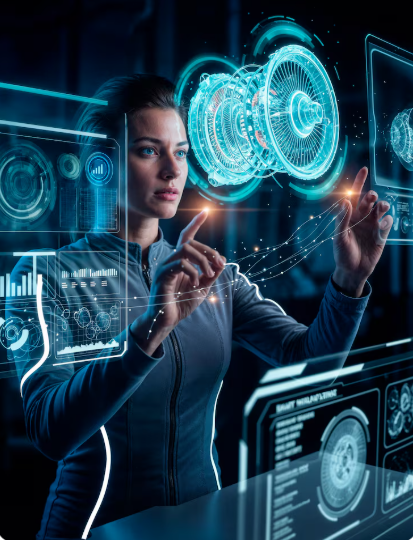In the world of data science, the ability of computers to learn complex patterns and draw insights from overwhelming mountains of data has become routine. Yet, as we push for smarter and more adaptable models, the traditional approach of labelling data for supervised learning is starting to show its cracks. The solution? Self-supervised learning—a rapidly emerging paradigm that’s changing the way data scientists work and the potential reach of artificial intelligence. If innovation in this domain excites you, taking data science classes in Bangalore could give you exactly the head start you need.
What is Self-Supervised Learning?
Conventional supervised learning relies on datasets where every example is painstakingly labelled. Think of thousands of cat photos tagged explicitly as “cat”—an approach that is powerful but expensive and laborious to scale. Self-supervised learning flips this concept on its head. Here, models learn from raw, unlabelled data by creating their supervision signals internally. For example, instead of needing labelled sentences to learn language, a model might take a paragraph, hide certain words, and train itself to predict the missing pieces. The outcome? Algorithms that teach themselves without the endless need for manual labelling.
Why Self-Supervised Learning Matters
The appetite for data in AI keeps growing, and the labour involved in labelling can’t keep up. In fields from medical imaging to remote sensing and natural language processing, vast amounts of data are collected every second—but only a fraction is ever labelled. Self-supervised learning leverages all those unlabelled resources, dramatically expanding the scope of what’s possible.
Recent advances, like OpenAI’s GPT models or Facebook’s SimCLR for images, show how self-supervised learning can match or even outperform traditional supervised techniques. These models tap into everything the data ecosystem has to offer, learning deep representations that can be fine-tuned for almost any downstream task.
How Does It Work? The Science Behind the Scenes
There’s a beautiful simplicity in the way self-supervised approaches generate their training signals. Let’s break down the most common strategies:
- Masked Data Modelling: Hide certain parts of the input (words, pixels, audio snippets), and let the model guess what’s missing.
- Contrastive Learning: Present the model with multiple versions of the same data (such as augmented photos) and teach it which are similar and which are not.
- Context Prediction: Ask the model to predict neighbouring items—for example, “what comes next in this sentence?” or “which frame follows in a video?”
By repeatedly solving these “puzzles,” the algorithm discovers the underlying structure of the data, building versatile representations that work for a variety of tasks.
Real-World Impact: From Research to Industry
Self-supervised learning isn’t just a theoretical darling of academic circles—it’s invading industries at a rapid pace. In healthcare, algorithms trained on vast pools of radiological images help diagnose diseases—even when labelled examples are scarce. In finance, models learn to spot anomalies or predict trends from transaction streams. Even in creative fields like music or art, self-supervised approaches make it possible for AI to generate astonishing new content by simply absorbing patterns from existing works.
For those considering a career in AI or machine learning, this is an invitation to get hands-on with the latest techniques, directly relevant to the challenges companies and research labs are facing now. Data science classes in Bangalore are starting to incorporate self-supervised learning into their curriculum, making sure students are on the cutting edge—ready for tomorrow’s opportunities today.
Challenges and Future Horizons
Of course, no revolution comes without its stumbling blocks. Self-supervised learning sometimes produces representations that are overly generic or not perfectly aligned with the target application. There’s an art to designing pretext tasks that truly capture the data’s complexity. Additionally, high computational requirements and the need for careful model evaluation mean practitioners must blend creativity with technical rigour.
Researchers are actively exploring new architectures, hybrid models, and smarter sampling strategies to push the boundaries of what self-supervised systems can achieve. The horizon is broadening: as more domains embrace unlabelled data, the promise of scalable, adaptable AI draws tantalisingly closer.
The Takeaway: Shaping Tomorrow’s Data Science
Self-supervised learning marks a dramatic shift in the landscape of data science. By alleviating the bottleneck of labelled data, it unlocks previously inaccessible datasets and tasks, bringing machine intelligence closer to the flexible, self-learning abilities of humans.
And there might be no better place to dive in than through formal data science classes in Bangalore. With their direct links to industry, active research communities, and progressive curriculum, these courses offer a unique gateway into the world of self-supervised learning. In this world, the machine not only works but discovers, learns, and evolves on its own.
ExcelR – Data Science, Data Analytics Course Training in Bangalore
Address: 49, 1st Cross, 27th Main, behind Tata Motors, 1st Stage, BTM Layout, Bengaluru, Karnataka 560068
Phone: 096321 56744

